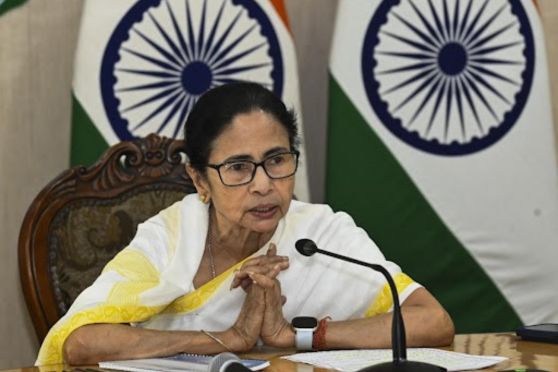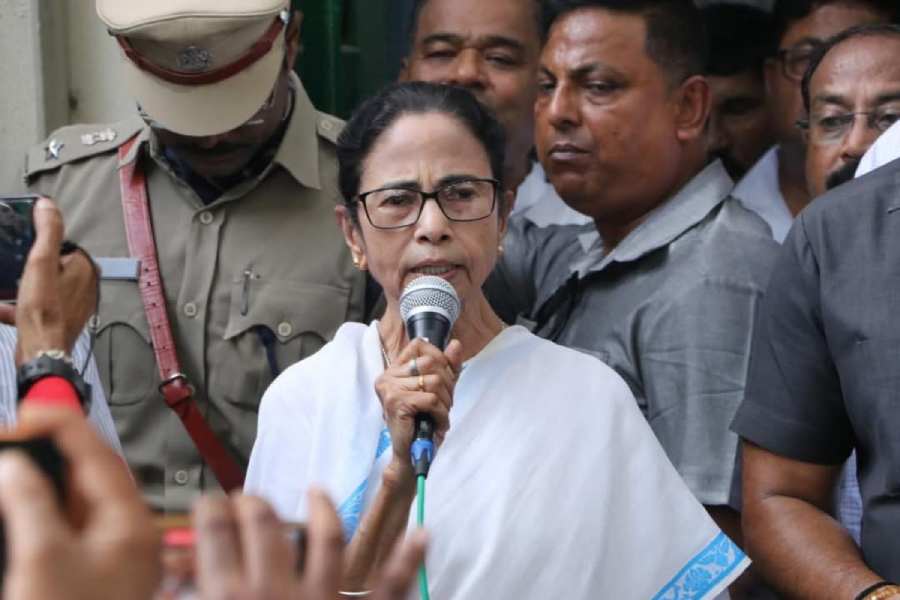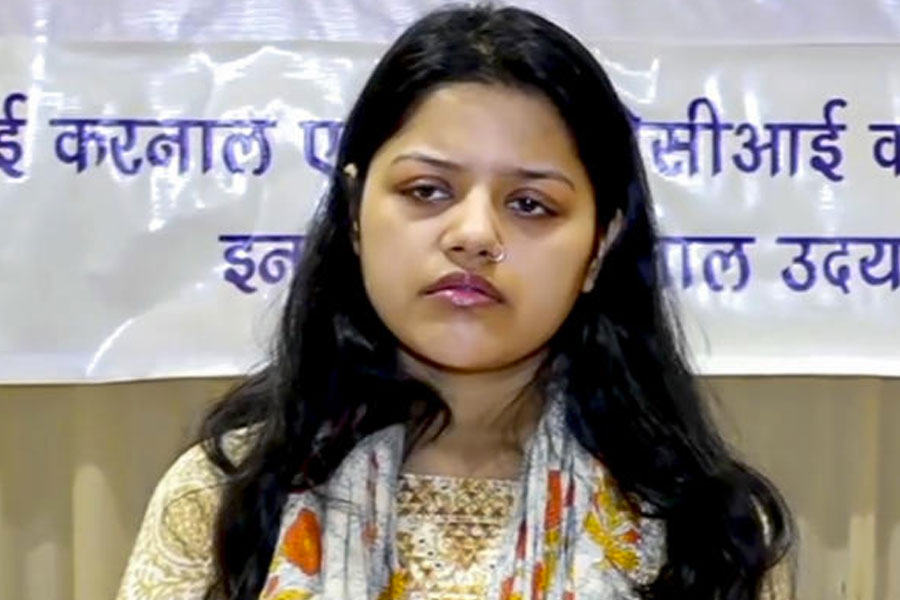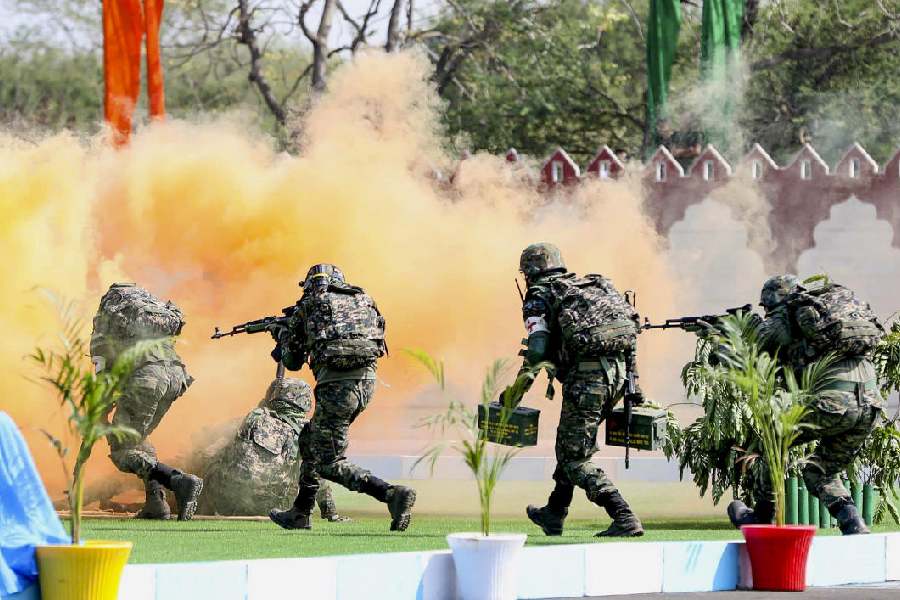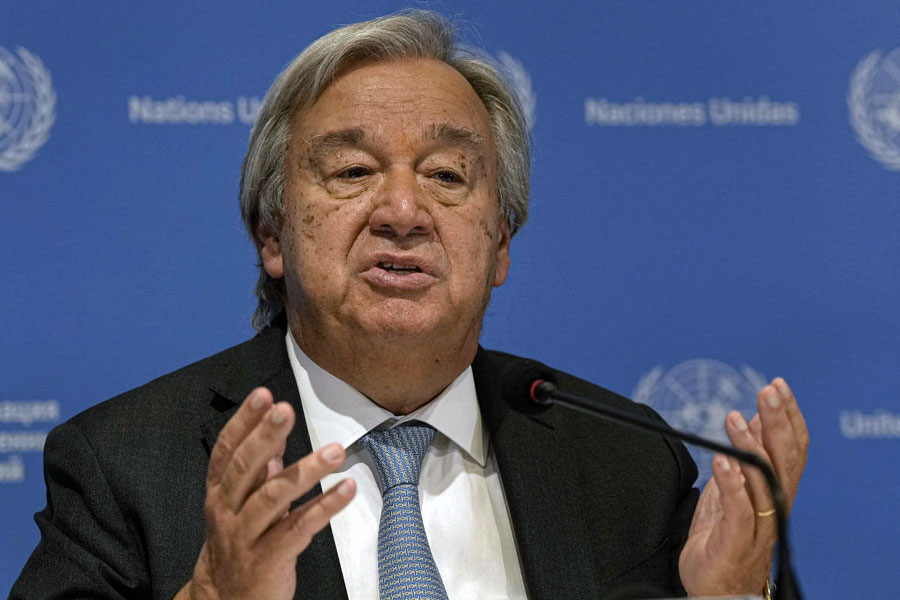 |
The storm of protest over Rizwanur Rahman suggests that Calcutta is a caring city. But the findings of a Telegraph-GfK-MODE poll are shocking. Shuma Raha looks for the real Calcutta
On September 28 a few people held a candle-light vigil in memory of Rizwanur Rahman on the pavement in front of Calcutta’s St Xavier’s College. Today, 16 days later, the candles are burning still — their aureole of light a shining epicentre of an astonishing outpouring of mass outrage. The vinyl posters strung out on the college railings are crammed with thousands of signatures; the condolence books burst with countless messages of support. Ask the volunteers who are keeping vigil at what has become a shrine to the dead man, and they’ll tell you how hundreds of people — from 80-year-olds to little boys and girls — come here every day to light a candle or scrawl their names. They all want justice for Rizwanur. They are all raising their voice against the way the rich and the powerful sought to cut him down.
Rarely have Calcuttans felt so strongly or turned out in such large numbers to protest a wrong — in this case the collusion of the police with Rizwanur’s father-in-law in trying to break up his marriage to the rich man’s daughter. His subsequent death under suspicious circumstances has made the whole affair even murkier. And the citizenry is in no mood to forgive or forget. With Rizwanur, Calcutta seems to have finally rediscovered its heart.
Or has it? A Telegraph-GfK-MODE poll of 100 adults to ascertain if the city is indeed as caring as we would all like it to be threw up some startling facts. Asked if they would protest if they saw a man being beaten up or a woman being harassed, 69 to 71 per cent said that they would rather not get involved. Only 15 per cent felt that they cared enough to take an accident victim to a hospital; and as much as 70 per cent admitted that they would prefer to walk away if they chanced upon a person lying sick on the road.
It’s not the kind of data that sit well with Calcutta’s image as a caring city. And it’s certainly not the kind of reaction one would expect in the slipstream of the overwhelming public outcry over the shocking violation of Rizwanur’s basic human rights — his right to love and live. Cynics may say that the affair has caught the imagination of the masses because it has all the ingredients of a sentimental potboiler — poor boy, rich girl, an arrogant, moneybags father who tramples upon true love, and so on and so forth. But in truth, as sociologist Bula Bhadra points out, “This incident has inflamed the people because they have realised that if the police can meddle in a marriage between two consenting adults, our very civil liberty is at risk — and at risk from those who are supposed to uphold it”.
So how then does one explain this dichotomy in our response to people in distress? On the one hand, Calcutta’s civil society takes up cudgels against the way our law-enforcers turned into predators and the way the government has gone on to shield them. And on the other hand, as the opinion poll reveals, most of its citizens baulk at helping the man or woman on the street who lies sick or injured or is a victim of harassment. How does one reconcile these two opposing impulses?
Those who have been at the helm of mobilising support for Rizwanur do not feel that this is at all surprising. Says Banani Kakkar, who runs Public, an NGO, “It is difficult for disconnected people to come forward in protest. But the moment you give them a platform, they will protest if the cause is just. Which is what has happened in the case of Rizwanur.”
One is tempted to clutch at this hypothesis. For there has been a number of incidents of late where Calcutta has pretty much demolished its hallowed reputation as a city of good Samaritans. Last month an autorickshaw driver slapped a college girl after an altercation while the rest of the passengers looked on. Earlier this year, a model was assaulted in a crowded south Calcutta crossing and not one bystander came forward to help her. Again, a young man was thrown out of a bus in Salt Lake recently because he spoke out against some goons who were molesting a woman inside the bus. None of the other passengers had tried to intervene.
These are symptoms of a city locked in terminal apathy, a city whose conscience has all but disappeared. But experts say that people are often unable to protest in a given situation simply because they are paralysed by their fear of getting involved with the police. Says Anjan Ghosh, a sociologist with the Centre for Studies in Social Sciences, Calcutta, “The seemingly uncaring attitude of Calcuttans has been propelled by the fear of police harassment.”
Indeed, the poll too reveals that people are deeply suspicious of our lawkeepers. On each question, the least number of people opted for the choice of going to the police. Abdul Moyeed Akram, 20, a 3rd year BCom student of St Xavier’s College who had come to light a candle at Rizwanur’s vigil last week, insists that he and his friends would always want to help someone in distress. “But we are often scared to. You take an accident victim to the hospital and the police will turn around and try to imply that you were the person involved in the accident,” he says.
So in a sense, the Rizwanur incident seems to have unleashed an ocean of pent-up feelings — rage and frustration over the wrongs gone unprotested, the injustices borne in silence, the many occasions when one would have liked to have raised one’s voice but did not, for fear of reprisals. “This incident has given expression to all that anger people had kept bottled up inside,” says Bhadra. “Civil society has awakened at last. Rizwanur has been an igniting force.”
But have we truly been ignited by the fire that we’ve kept burning for Rizwanur? Our poll appears to suggest otherwise. But Mudar Patherya, communications consultant, and one who took the lead in organising the vigil for Rizwanur, looks at it somewhat differently. “Had you conducted this poll pre-Rizwanur, maybe 90 per cent would have said they would prefer to walk away!” Even the existing data are not quite so discouraging, feels Patherya. “Even if 70 per cent turn away, that’s roughly one in three people willing to stick their neck out to help a fellow human being. That’s not bad, and perhaps it’s way better than what you’ll find in any other city.”
One would like to believe that there will be a knock-on effect of the public outrage over Rizwanur’s fate. That in time to come, if someone slaps a girl or throws a man out of a bus, Calcuttans will rise above their quotidian concerns and protest to a man. Perhaps a similar opinion poll conducted six months down the line will reveal more people willing to take a stand. Will that happen? “It’s hard to say,” says sociologist Ghosh. “But certainly, the way people have come forward in this case will reinvigorate the city’s spirit of dissent.”
At the vigil for Rizwanur, Neha Mukherjee, a bright-eyed graduate student, bends down and carefully lights a candle amidst the arabesque of melted candle wax on the pavement. “I don’t believe your community or financial status should be held against you. I would always, always protest if I see it happening,” she says, her high young voice ringing out passionately. Above her, Rizwanur smiles benignantly from his photograph. His sacrifice has perhaps not been in vain.


